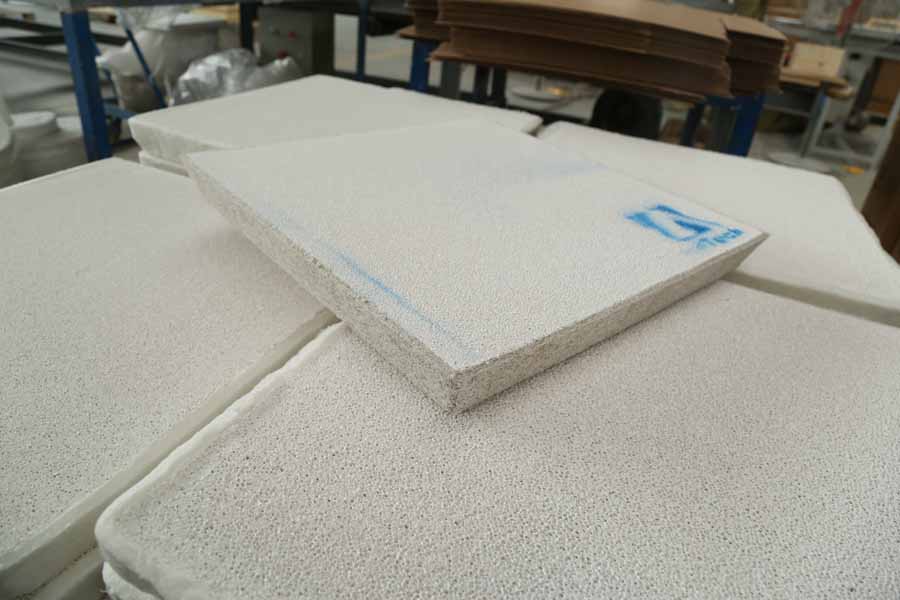
12 4月 Casthouse Asian Foundry Filters
Casthouse Asian Foundry Filters use automatic extrusion equipment to evenly distribute the slurry in the foam skeleton.
With the development of science and technology, people’s requirements for aluminum and its alloy materials are getting higher and higher. The traditional refining and degassing process cannot remove the small non-metallic inclusions in the aluminum melt.
Therefore, many people have conducted research on purification methods. According to different mechanisms and forms, they can be divided into adsorption purification, physical purification and filtration purification.
Filtration and purification is to allow liquid metal to flow through the medium, to capture impurities through a certain mechanism, and to purify the metal.
Foam ceramic filters are used to improve the production efficiency of cast aluminum and are widely used in the production of semi-continuous casting and die casting.
There are many classification methods for ceramic cast filters. According to the pore relationship, it can be divided into two types: closed pores and open pores. According to the pore size, it can generally be divided into three categories: microporous ceramics (pore diameter <20 nm), mesoporous ceramics (pore diameter 20 nm ~ 500 nm) and macroporous ceramics (pore diameter> 500 nm). According to the pore formation method and pore structure, it can be divided into porous ceramics, honeycomb ceramics, foam ceramics and so on. According to different materials, it can be divided into silicon carbide ceramic filter, alumina ceramic filter, zirconia ceramic filter and so on.

Advantages of AdTech Casthouse Asian Foundry Filters
1. Adopt the principle of adsorption to filter. The alumina ceramic foam filter can effectively remove the larger inclusions in the molten aluminum and effectively adsorb the micron-level fine inclusions. Under the same mesh size, it has a higher filtration accuracy.
2. No slag drop, effectively reducing the pollution of molten aluminum.
3. It has good thermal shock resistance and molten metal corrosion resistance.
4. Automatic production line, three calibration procedures, accurate size, more suitable for filter box.
5. Improve surface quality, product performance and microstructure.
Casthouse Asian Foundry Filters manufacturing process
The main raw material of the porous filter material is high-temperature alumina. It does not react with molten aluminum, does not dehydrate during the roasting process, has a very small shrinkage rate, and has relatively stable physical and chemical properties.
The slurry used is mainly composed of water-suspended colloids of various components. When making embryos, the slurry can firmly adhere to the foamed plastic screen. When grouting, it should not be too thick or too thin. If it is too thick, the mud will not easily fill up the foam on the sieve. If it is too thin, it is easy to settle on the plastic net and form an uneven slurry.
Therefore, controlling proper moisture is the key to pulping. In addition, the adhesiveness of the slurry should be moderate. Tests have found that adding too much low-temperature binder will cause excessive agglomeration of the slurry. Excessive squeezing of the slurry will make it difficult to recover the foam mesh. Adding too little adhesive will result in too low bonding performance of the slurry, and the slurry will not be tightly attached to the foamed plastic net. After dismantling, there is no power and it is easy to dismantle. Even if it has a certain strength when hung, because the slurry is too thin, the net structure is very brittle, and the overall strength is poor.
The metal mesh is used to make the oven board, and the oven board is used as the support board of the foam block drying body after the slurry is placed. Dry at room temperature first, then in hot air. Firing is a key step in the porcelain making process. Mastering the firing changes in the high-temperature firing process and formulating the correct firing system are the keys to firing high-quality products.


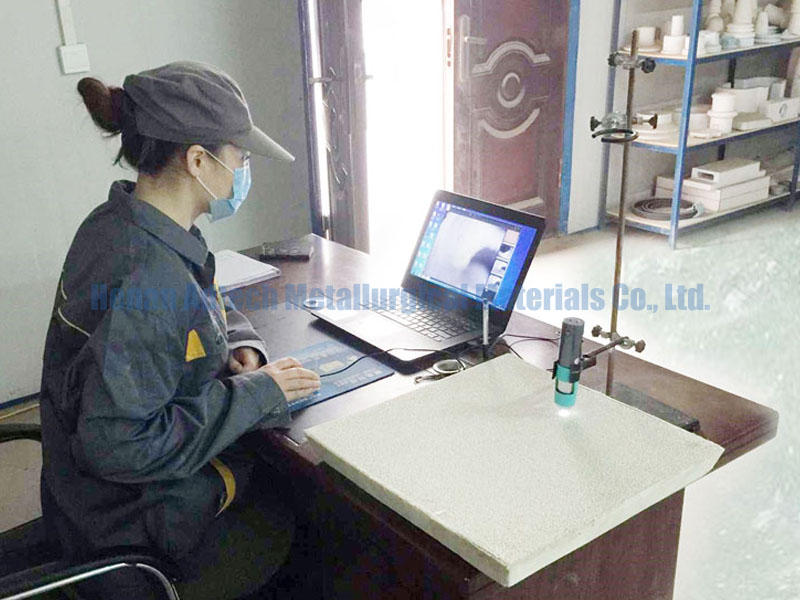
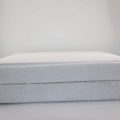
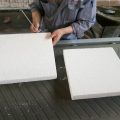
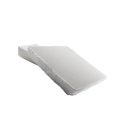
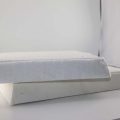
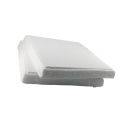
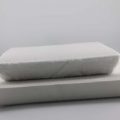
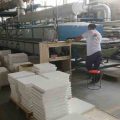
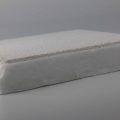
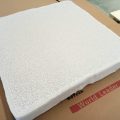
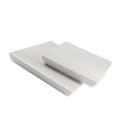
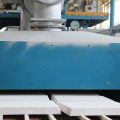
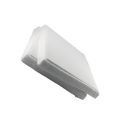
No Comments